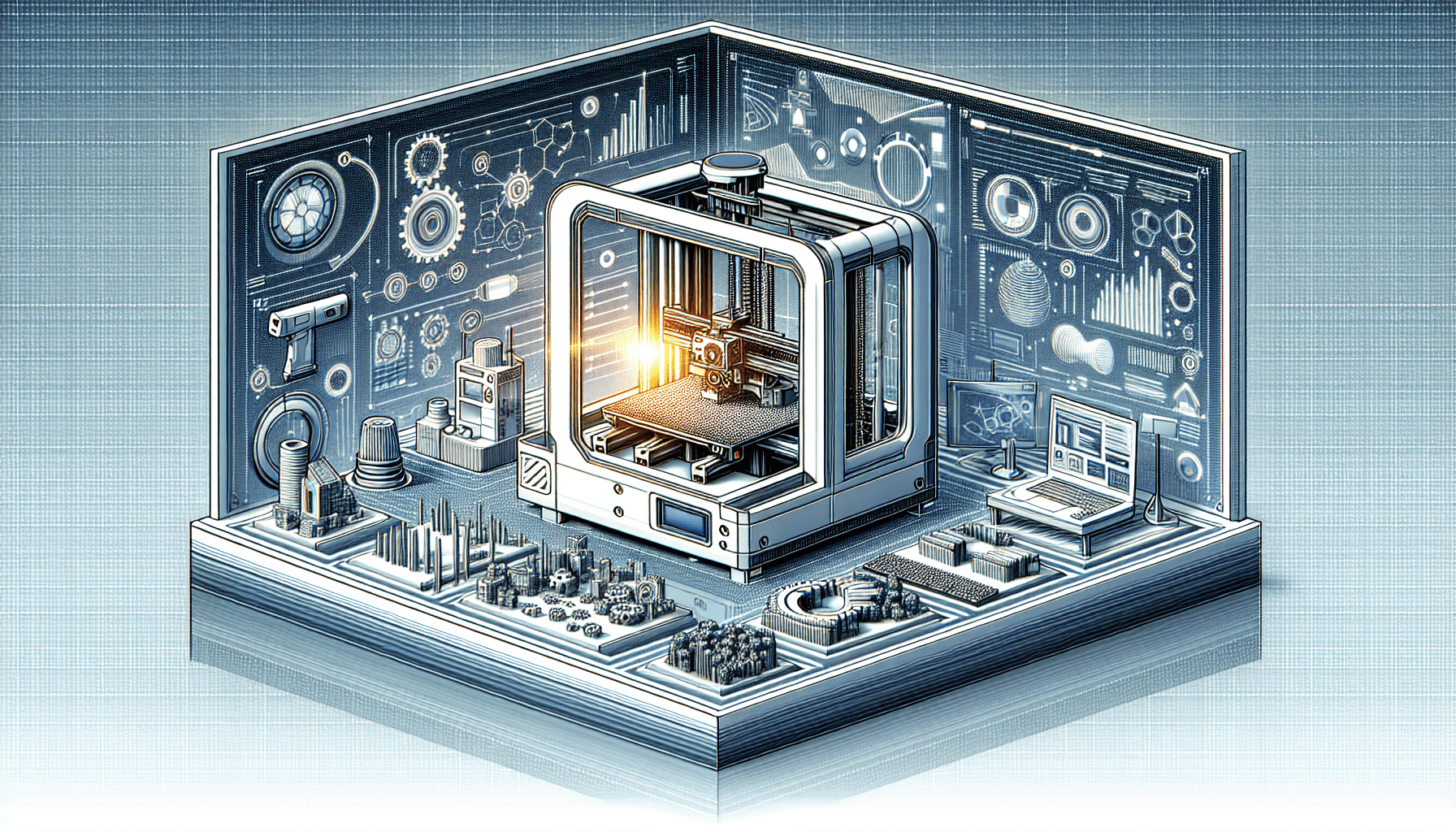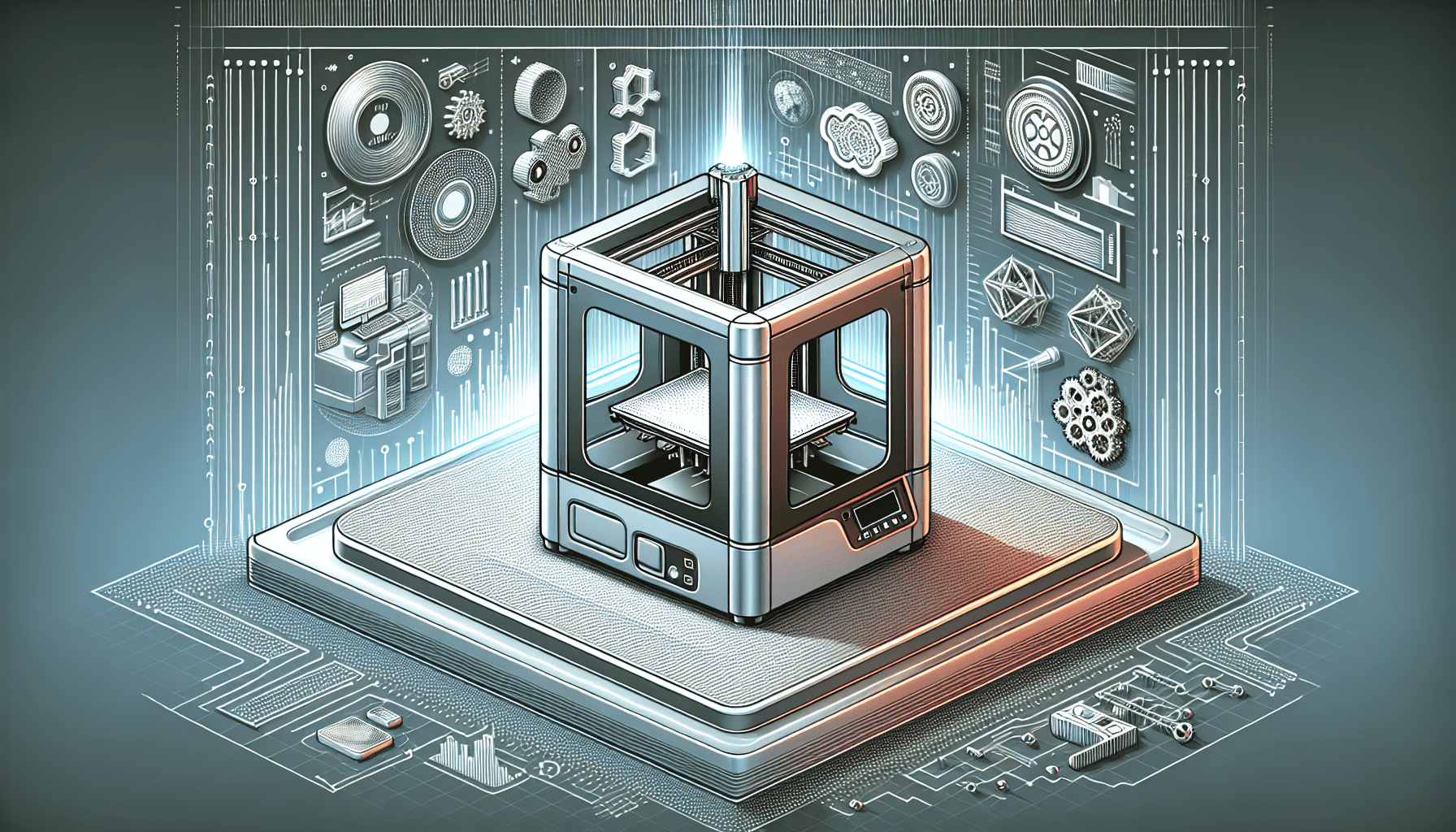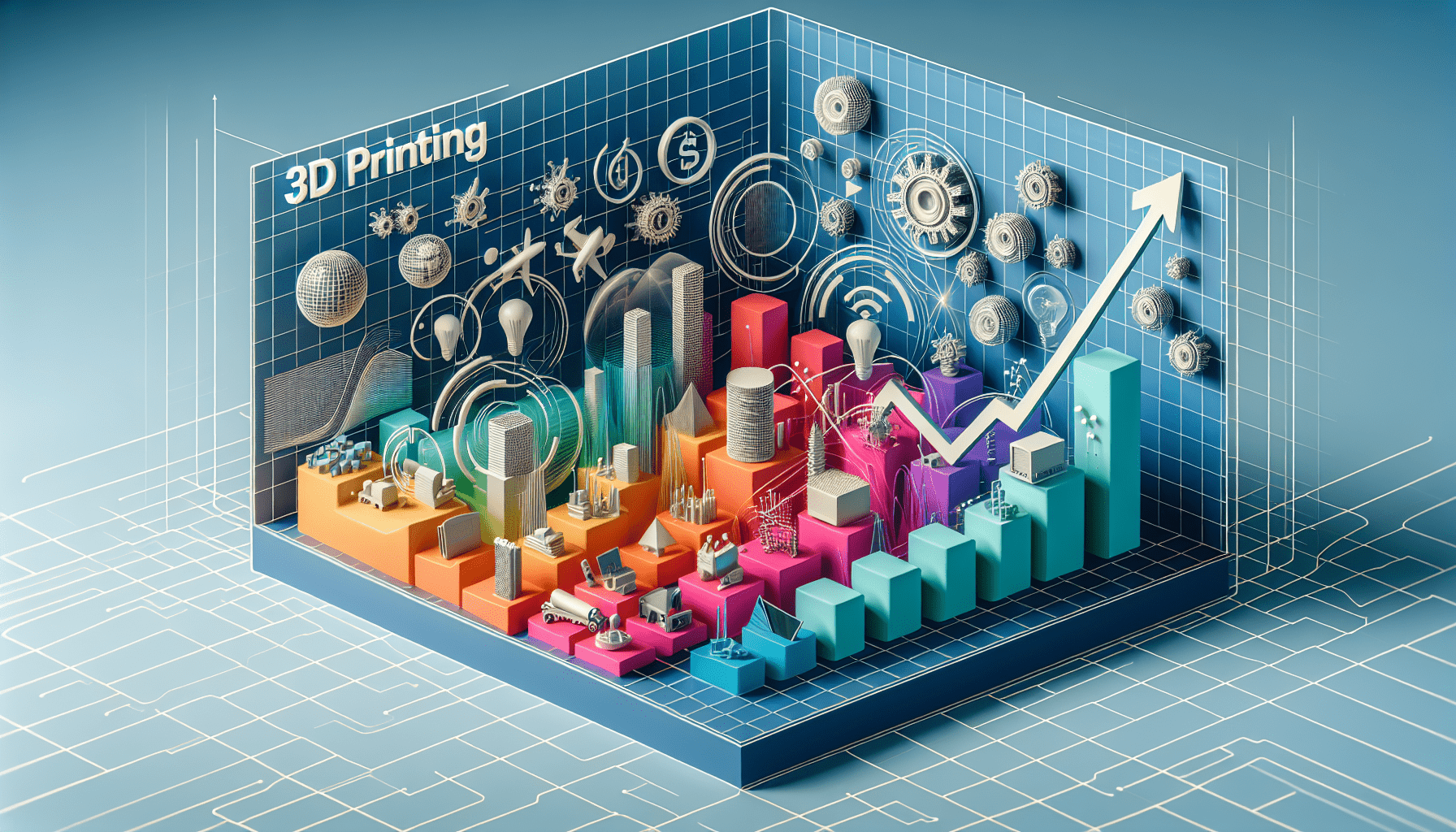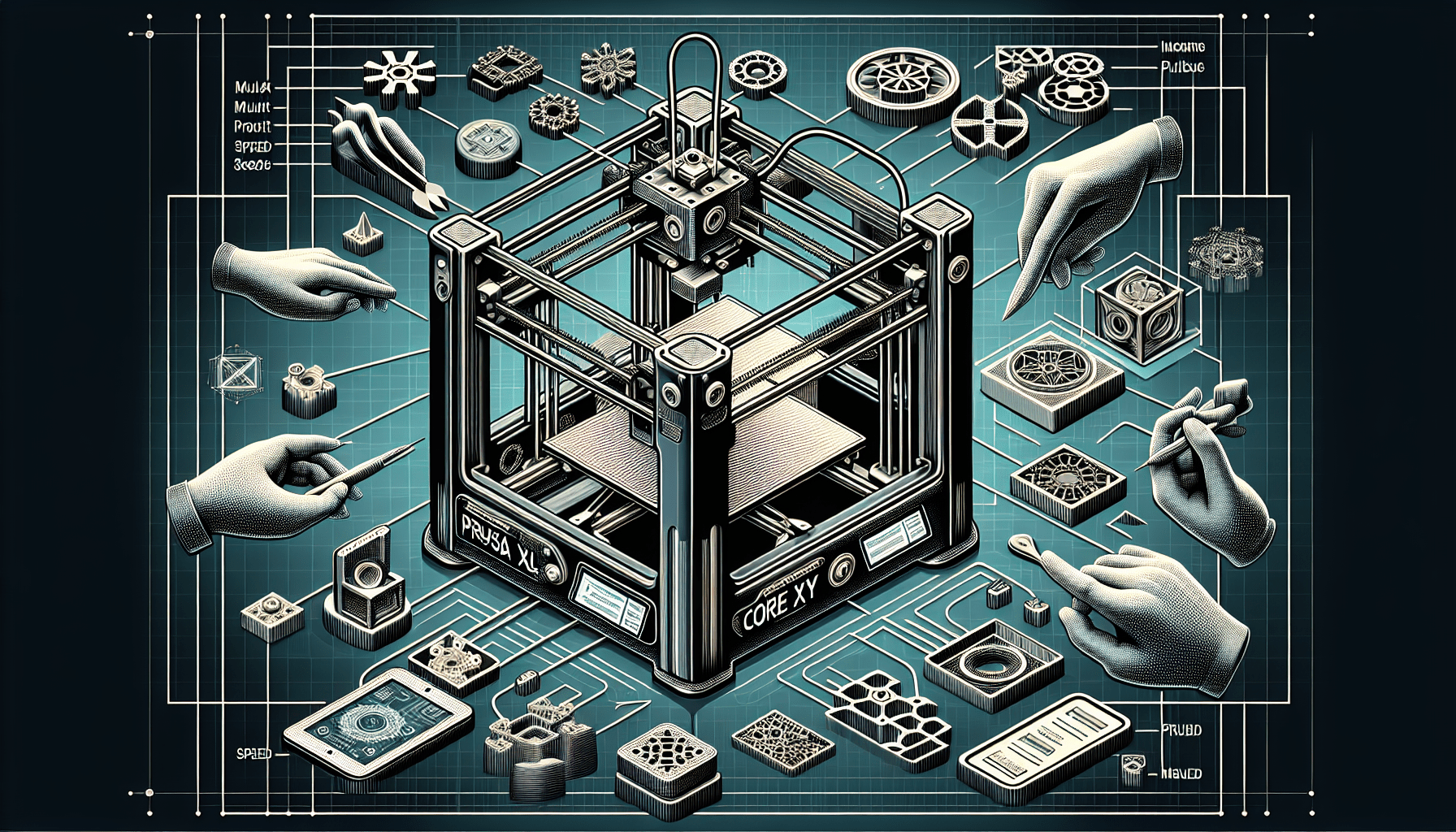Aniwaa has just unveiled the second edition of its AM hardware landscape infographic for 2024, incorporating valuable feedback from the AM community that spurred over 100 changes. This updated version highlights the sector’s diversity, despite ongoing mergers, with more than 600 manufacturers featured. Exciting additions include a new post-processing section showcasing 20 manufacturers. While polymer 3D printing systems still lead the market, metal AM systems remain significant, with Direct Energy Deposition (DED) tech now comprising 37% of metal systems. The infographic also reveals geographic leaders like the US, Germany, and China, along with notable developments such as the US launch of the Alchemist 1 by Meltio and Accufacture. Aniwaa’s platform continues to grow, now hosting over 160 manufacturers managing their profiles. Since 2018, Aniwaa has aimed to expand its coverage and increase product reviews, striving to provide comprehensive data to help buyers navigate the AM ecosystem effectively. Have you been keeping up with the latest advancements in additive manufacturing (AM)? If you’re in the AM community or simply a tech enthusiast, you’ll be excited to hear about Aniwaa’s latest release. They’ve just unveiled the second edition of their AM hardware landscape infographic for 2024. Let’s dive in and explore all the details, changes, and trends this infographic reveals.

$30 off $400+ Anycubic Products with code AC30OFF
Infographic Overview
This updated infographic is an invaluable resource for anyone interested in the AM sector. Aniwaa meticulously collected and analyzed data from various sources to present a comprehensive overview of the current state of AM hardware. This is their second edition, and it’s more detailed than ever, reflecting changes and advancements that have taken place over the past year.
Community Feedback
Aniwaa didn’t create this infographic in isolation. They listened to the feedback from the AM community, leading to over 100 changes in this edition. This collaborative approach ensures that the infographic is not only up-to-date but also relevant and reflective of the community’s needs and perspectives.
Sector Diversity
One might think that the ongoing mergers and acquisitions within the industry would lead to a more homogenized landscape. However, that’s not the case. The AM sector remains incredibly diverse, with over 600 manufacturers covered in this infographic. This diversity is a testament to the innovation and growth happening across the globe.
New Post-Processing Section
Aniwaa’s infographic now includes a brand new section dedicated to post-processing, featuring 20 manufacturers. This addition highlights the importance of post-processing in the AM workflow, an area that is often overlooked but crucial for achieving the final desired properties of a printed part.
Examination of Dominant Technologies
It’s fascinating to see which technologies are leading the charge in the AM space. Polymer 3D printing systems are dominant, making up 55% of the market. On the other hand, metal AM systems are holding a significant share at 26%. Let’s break these down further.
Polymer 3D Printing Systems
Polymer 3D printing remains a front-runner due to its versatility and widespread applications. These systems are often used for prototypes, manufacturing aids, and even final production parts in some cases. The variety of materials available and the relatively lower cost compared to metal systems make polymers a popular choice.
Metal AM Systems
Metal additive manufacturing is crucial for industries where strength, durability, and specific material properties are essential—such as aerospace and automotive sectors. Although they hold a smaller market share compared to polymer systems, their impact and importance are monumental.
Geographical Statistics
The global nature of the AM industry is clearer than ever. The infographic highlights the top countries housing AM manufacturers, with the United States leading the charge at 33 manufacturers. Germany follows closely with 28, and China isn’t far behind with 25 manufacturers. Here’s a quick look:
| Country | Number of Manufacturers |
|---|---|
| United States | 33 |
| Germany | 28 |
| China | 25 |
These numbers showcase the international dimension of the AM industry, indicating robust activity and growth across different regions.

Buy Photon Mono M5 Get Free 1KG Resin
Metal AM Trends
Diving deeper into the metal AM segment, the infographic reveals some shifting trends in Direct Energy Deposition (DED) and Laser Powder Bed Fusion (LPBF). DED technology has seen an increase, now accounting for 37% of the market. Meanwhile, LPBF has seen a slight drop, now representing 40%.
Direct Energy Deposition (DED)
DED’s rise can be attributed to its ability to precisely deposit material where needed, making it ideal for repair and adding material to existing components. Industries like aerospace and energy are finding increasing value in DED’s capabilities.
Laser Powder Bed Fusion (LPBF)
Despite a slight drop, LPBF still holds a significant portion of the market. Its precision and ability to produce highly complex geometries make it a favorite in applications requiring stringent dimensional accuracy and material properties.
Notable Developments
Technology in the AM world never stands still, and this year is no exception. One standout development is the launch of the Alchemist 1 3D printing workcell by Meltio and Accufacture in the US. Innovations like this continue to push the boundaries of what’s possible in additive manufacturing, paving the way for more advanced and efficient systems.
Platform Growth
Aniwaa itself is growing alongside the industry it profiles. The platform now has over 160 manufacturers managing profiles, showing a significant increase in engagement. This involvement allows manufacturers to keep their information current and connect with potential buyers more effectively.
Historical Insights
Looking back at earlier infographics, we see that polymer printers were the most prevalent. This trend continues with an increasing footprint in powder bed fusion technology. These historical insights not only provide context but also help us understand how the industry is evolving.
Strategic Shifts
Since 2018, Aniwaa has emphasized expanding its coverage and increasing the number of product reviews. This strategic shift was aimed at providing more detailed and comprehensive information to its users, helping them make more informed decisions.
Milestone Achievements
One of Aniwaa’s notable accomplishments is the introduction of self-service accounts for manufacturers. This capability enables manufacturers to control their profiles, update information, and connect with buyers directly. It’s a significant step towards empowering manufacturers and facilitating easier access to information for buyers.
Vision
Aniwaa’s overarching vision is to provide comprehensive data that helps buyers navigate the AM ecosystem. By offering detailed, accurate, and up-to-date information, they aim to empower buyers to make well-informed decisions, ultimately advancing the entire AM sector.
So, what do you think of the latest developments in the AM hardware landscape? Whether you’re an industry expert or a curious tech lover, there’s no denying that additive manufacturing is an ever-evolving field with exciting advancements on the horizon. Stay tuned, stay informed, and continue exploring the fascinating world of AM!
$30 off $400+ Anycubic Products with code AC30OFF







